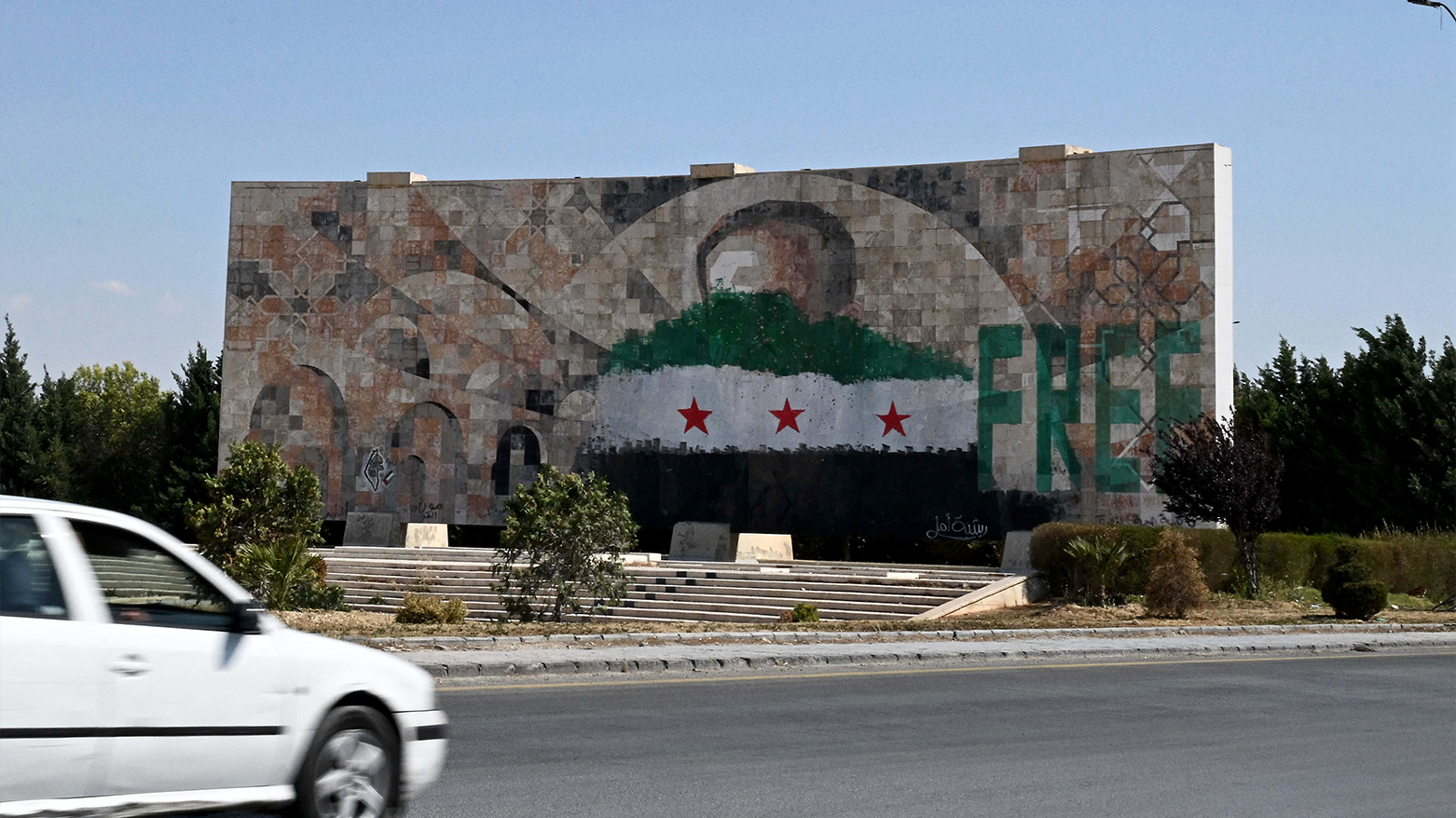Foreign Policy: ISIS Exploiting Syria’s Fragile Transition
As Syria transitions after Assad’s fall, ISIS has resurged with 96 attacks in 2025, mainly in SDF-held areas. Foreign Policy warns the group is exploiting instability, urging that lasting peace depends on building an inclusive, stable post-Assad government.

By Kamaran Aziz
ERBIL (Kurdistan24) – As Syria navigates a delicate transition following the fall of the Assad regime, a new wave of attacks by the Islamic State (ISIS) is threatening the country’s fragile recovery and regional stability, according to an in-depth analysis published by Foreign Policy magazine.
In a detailed report authored by Charles Lister, a senior fellow at the Middle East Institute, Foreign Policy outlines how the jihadist group has intensified its campaign in Syria, targeting transitional government forces and Kurdish-led security units, and staging increasingly deadly attacks throughout the country. The resurgence, described as strategic and deliberate, comes at a time when the United States and regional partners are attempting to support a peaceful transition in Damascus.
The shift in focus was symbolically underscored by the visit of U.S. President Donald Trump’s newly appointed special envoy to Syria, Thomas Barrack, who arrived in Damascus on May 29 via U.S. military helicopter from Jordan. Barrack was accompanied by senior military officials from the U.S. counter-ISIS coalition. This high-profile delegation, according to Foreign Policy, signaled that ISIS remains a central concern guiding Washington’s Syria policy.
Although the fall of Bashar al-Assad’s regime in December 2024 initially prompted a sharp decline in ISIS operations—from 59 monthly attacks in 2024 to just two in January 2025—the group has since steadily regained momentum. ISIS conducted 9 attacks in February, 19 in March, 28 in April, and 38 in May. Of the 96 attacks reported so far in 2025, 94% occurred in northeast Syria, under the control of the Syrian Democratic Forces (SDF).
On June 1, three SDF fighters were killed in a large IED attack on a highway between Raqqa and Hasakeh. The fighters had been escorting a convoy of oil tankers—an important source of revenue for the SDF.
According to Foreign Policy, ISIS's renewed activity is largely concentrated in SDF-held areas due to growing tensions between the Kurdish-dominated administration and the region’s Sunni Arab majority. At the same time, government-held areas have also seen a rise in threats, with at least 12 mass-casualty plots reportedly foiled this year. These included planned attacks on a Shiite shrine in Damascus, a church in Aleppo, and a civilian bus on the Aleppo-Damascus highway.
One of the most alarming developments was ISIS’s first successful car bomb attack in two years, which targeted a police station in al-Mayadin on May 18. Additional IED attacks in both government and SDF territories—along with thwarted bomb plots—indicate that ISIS has reestablished networks for manufacturing, storing, and deploying explosive devices.
Syria’s response has been swift. On May 17, elite General Security Service forces raided ISIS safe houses in Aleppo, seizing suicide vests, IEDs, and other explosives. On May 25, a similar operation in the suburbs of Damascus uncovered a large weapons cache, including anti-tank missiles, shoulder-fired surface-to-air missiles, and rocket-propelled grenades.
The threat has also spread to the Druze-majority province of Suwayda in southern Syria, where ISIS has conducted its first attacks since 2018. Three IED incidents have been reported there in recent days, including one that struck an ambulance.
In Aleppo’s eastern countryside, ISIS appears to be attempting to infiltrate areas where deconfliction talks between the government and the SDF are ongoing. At least two prison break attempts have been foiled, and the chief of security at one prison near Jarablus was killed in an IED blast on May 28.
While some analysts initially interpreted the post-Assad lull in ISIS activity as a sign of defeat, Foreign Policy argues that the group was instead repositioning and recalibrating. ISIS has resumed attacks against Hayat Tahrir al-Sham in Idlib, expanded its reach in Deir ez-Zour, and reasserted itself in Raqqa and Hasakeh.
Two days after President Trump’s historic handshake with Syria’s transitional leader Ahmed al-Sharaa in Saudi Arabia, ISIS’s weekly al-Naba newsletter denounced Sharaa and criticized him for aligning with Washington. Since then, ISIS has launched at least five deadly attacks against Syrian government forces in Idlib, Deir ez-Zour, and Suwayda.
In response to this escalating threat, a new regional counterterrorism alliance has been established in Damascus, bringing together officers from Syria, Turkey, and Jordan, with Iraq and Lebanon expected to join soon. Intelligence-sharing and military coordination have also increased between Syria, the U.S.-led coalition, and other regional partners.
Yet, as Foreign Policy concludes, the most effective long-term counter to ISIS lies not solely in military operations, but in the success of Syria’s post-Assad transition. A stable, inclusive government with the capacity to manage economic recovery, ensure security, and represent all communities remains the strongest bulwark against extremism.
The article warns that ISIS has historically capitalized on political instability and sectarian tension. Syria’s challenge now is to resist that pattern—and to ensure that the promise of peace is not once again eclipsed by the specter of terror.
